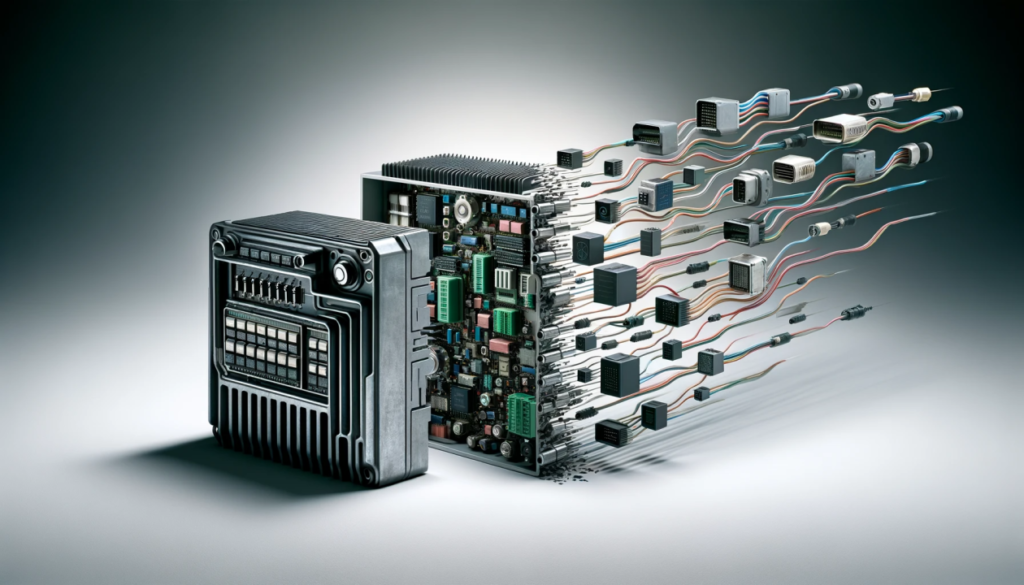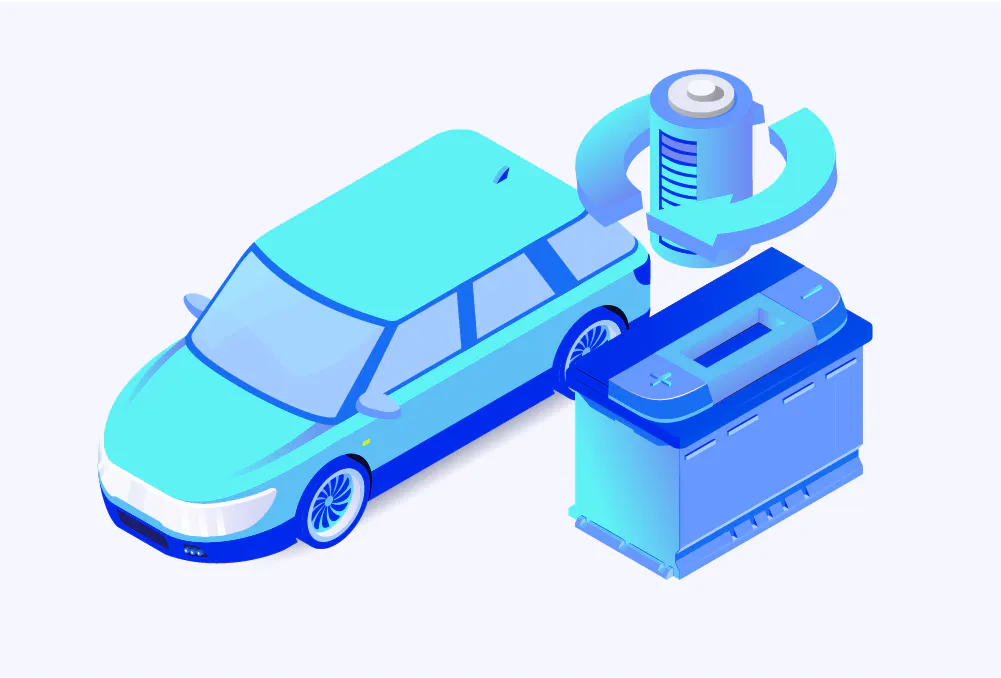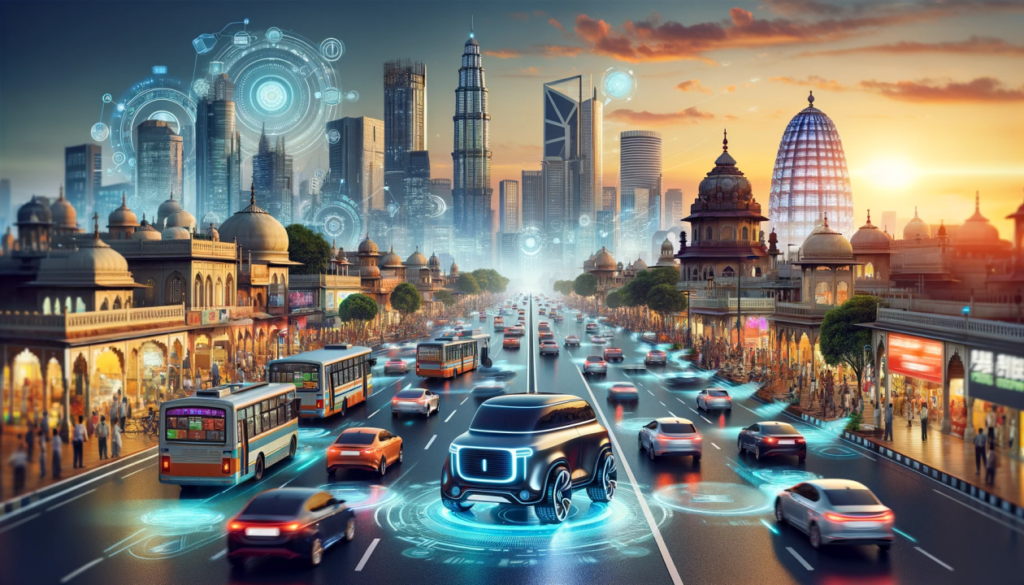The Evolution of Automotive Electronics: From Early Beginnings to Modern Marvels

The automotive industry has undergone a remarkable transformation over the years, and at the heart of this evolution lies the relentless progress of automotive electronics. From the rudimentary electrical systems of early automobiles to the sophisticated, computer-driven vehicles of today, automotive electronics have revolutionized the way we drive, ensuring safety, efficiency, and convenience. This article takes a journey through time to explore the remarkable progress of automotive electronics from its inception to the present day.
The Early Days: In the early 20th century, automobiles were essentially mechanical contraptions. They relied on basic electrical systems to power ignition, lighting, and simple instruments. Magneto generators provided the electricity needed for spark plugs, while battery-powered lights illuminated the road ahead. These systems, though primitive by today’s standards, represented the first steps towards integrating electronics into vehicles.
The Birth of Engine Control: The 1970s witnessed the advent of engine control units (ECUs). These early ECUs were rudimentary, primarily focused on emissions control in response to tightening environmental regulations. Still, they marked a crucial turning point in automotive electronics. Engine management systems began to replace carburetors, leading to improved fuel efficiency and reduced emissions.
Electronic Fuel Injection (EFI): The 1980s saw the widespread adoption of electronic fuel injection (EFI) systems, replacing carburetors entirely. EFI systems utilized sensors and ECUs to precisely meter fuel delivery, optimizing combustion for better performance and lower emissions. This technological leap not only improved fuel efficiency but also laid the foundation for more advanced electronic systems.
The Rise of Onboard Computers: The 1990s marked a significant milestone with the integration of onboard computers into vehicles. These computers, known as Engine Control Modules (ECMs) or Powertrain Control Modules (PCMs), played a central role in managing engine performance. They continuously monitored various sensors, adjusting parameters in real-time for optimal efficiency, power, and emissions control.
Safety Innovations: In the late 20th century, automotive electronics took a significant leap forward in terms of safety. Anti-lock Braking Systems (ABS), Electronic Stability Control (ESC), and airbag systems became standard features, saving countless lives. These systems relied on advanced sensors and electronic control to respond to changing driving conditions and mitigate accidents.
Infotainment and Connectivity: As we entered the 21st century, automotive electronics began to focus on enhancing the driver and passenger experience. Infotainment systems, featuring touchscreen displays, GPS navigation, and smartphone integration, became commonplace. Additionally, advancements in vehicle-to-vehicle (V2V) and vehicle-to-infrastructure (V2I) communication opened the door to a new era of connected and autonomous driving.
Electric and Hybrid Revolution: The past decade has witnessed a surge in electric and hybrid vehicles, driven by concerns over environmental impact and fuel efficiency. These vehicles heavily rely on advanced battery management systems, electric drive control units, and regenerative braking technology—all made possible by cutting-edge automotive electronics.
The Autonomous Future: Today, automotive electronics are poised to usher in the era of autonomous driving. Advanced Driver Assistance Systems (ADAS) rely on sensors like LiDAR, radar, and cameras, all working in harmony with powerful onboard computers to enable features such as adaptive cruise control, lane-keeping assistance, and even self-parking.
How does the future look?
The progress of automotive electronics, from its humble beginnings to the present day, is nothing short of astonishing. As we continue to push the boundaries of technology, we can only imagine the innovations that await us in the automotive industry. With a relentless commitment to safety, efficiency, and connectivity, automotive electronics have not only transformed the way we drive but also paved the way for a future of smart, autonomous vehicles that promise to revolutionize our roads once again











